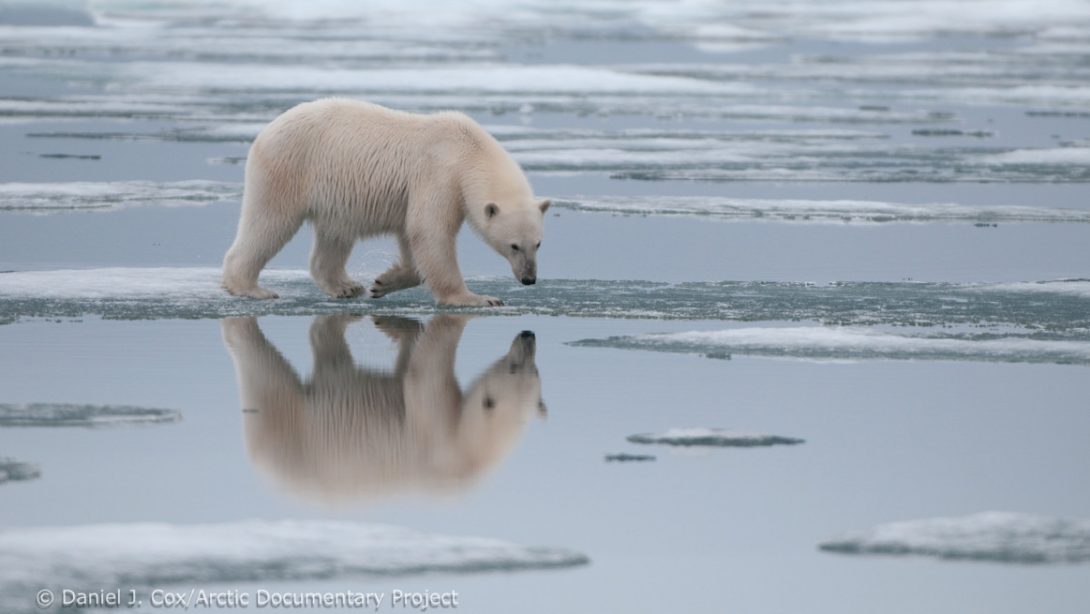Global warming threatens collapse of most polar bear populations by end of century

A new U of T Scarborough study finds that we can expect the collapse of most polar bear populations by the end of the century if global warming continues at the current pace.
The study is the first to offer timelines showing how Arctic sea ice loss will impact the ability of polar bears to reproduce and survive since they will have to endure longer periods without food.
“The challenge is that Arctic sea ice will keep disappearing as the world continues to warm,” says lead author Péter Molnár, an assistant professor in the Department of Biological Sciences at U of T Scarborough.
“This means polar bears everywhere will face longer periods without food, and this will affect their ability to reproduce, survive and persist as healthy populations.”
Most of the polar bear diet consists of seals, which they can only catch on sea ice. But as the ice continues to melt the bears have less time to hunt, which means eating less, putting on less weight, and then fasting longer as a consequence.
Up until now, Molnár says it’s been difficult to offer meaningful estimates on when polar bear numbers will begin to decline in different regions because data linking ice availability and its impact on their demographic performance haven’t been available. This study, published in the journal Nature Climate Change, offers the most comprehensive look at possible timelines of how the ability of polar bears to survive and reproduce will be impacted by Arctic sea ice loss.
“We addressed the basic physiology of how many days a polar bear can survive without food if it had a certain amount of energy stored in its body at the beginning of each fast,” says Molnár, an expert on how global warming impacts large mammals.
Full Story here:

